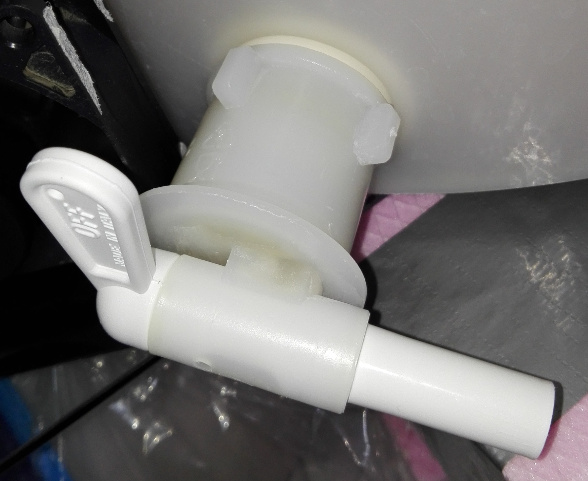Hi,
I use plastic valve on my plastic fermentation vessel. I use this valve also for taking samples during fermentation. Then I use it for bottling as well. I did not have issues with contamination. As I take samples during the fermentation process through this valve, there can be a small amount of beer left in the valve's tube (even if I clean it inside the valve's tube via a cotton stick). Should I worry about this? As I mentioned, I did not have any issues when I bottled the beer via that valve.
I bought another vessel which I would like to use for secondary fermentation and I do not know if it is safe to use the valve which I took samples via before. Can I potentially infect my brew?

I use plastic valve on my plastic fermentation vessel. I use this valve also for taking samples during fermentation. Then I use it for bottling as well. I did not have issues with contamination. As I take samples during the fermentation process through this valve, there can be a small amount of beer left in the valve's tube (even if I clean it inside the valve's tube via a cotton stick). Should I worry about this? As I mentioned, I did not have any issues when I bottled the beer via that valve.
I bought another vessel which I would like to use for secondary fermentation and I do not know if it is safe to use the valve which I took samples via before. Can I potentially infect my brew?









































![Craft A Brew - Safale S-04 Dry Yeast - Fermentis - English Ale Dry Yeast - For English and American Ales and Hard Apple Ciders - Ingredients for Home Brewing - Beer Making Supplies - [1 Pack]](https://m.media-amazon.com/images/I/41fVGNh6JfL._SL500_.jpg)

















